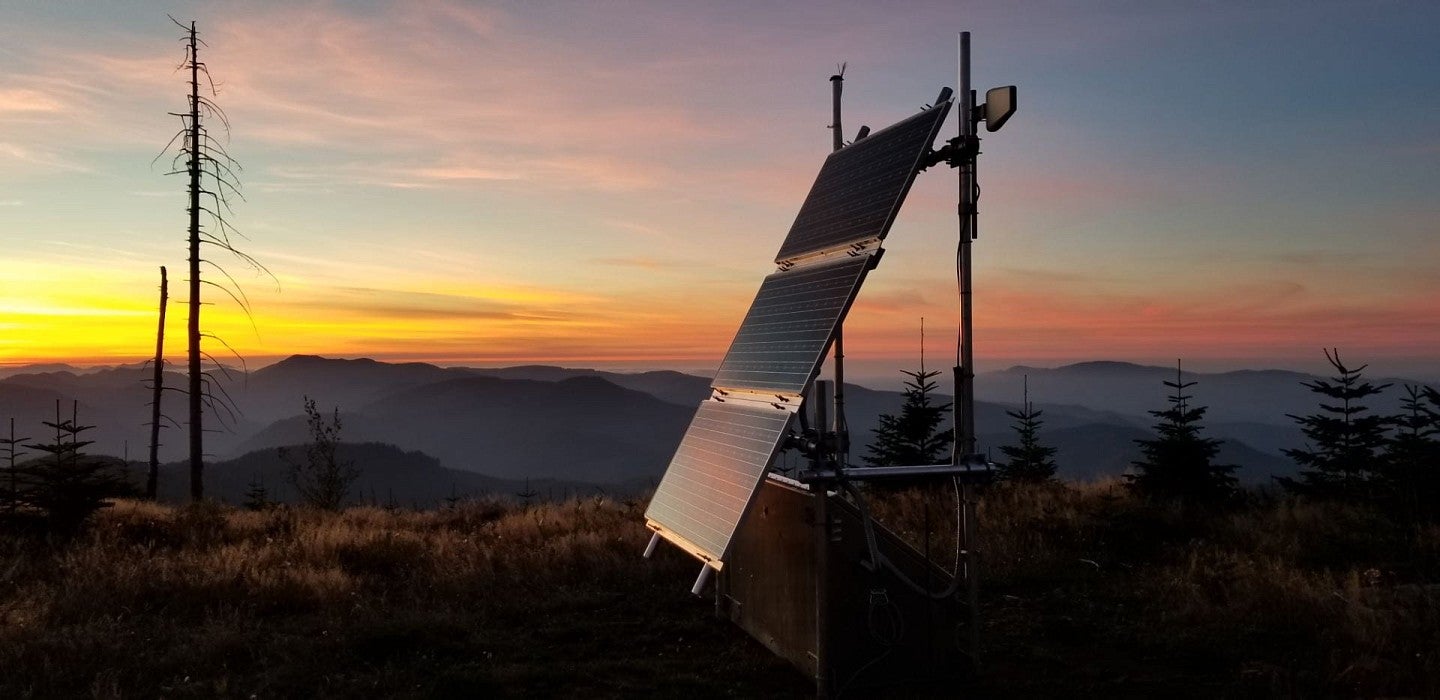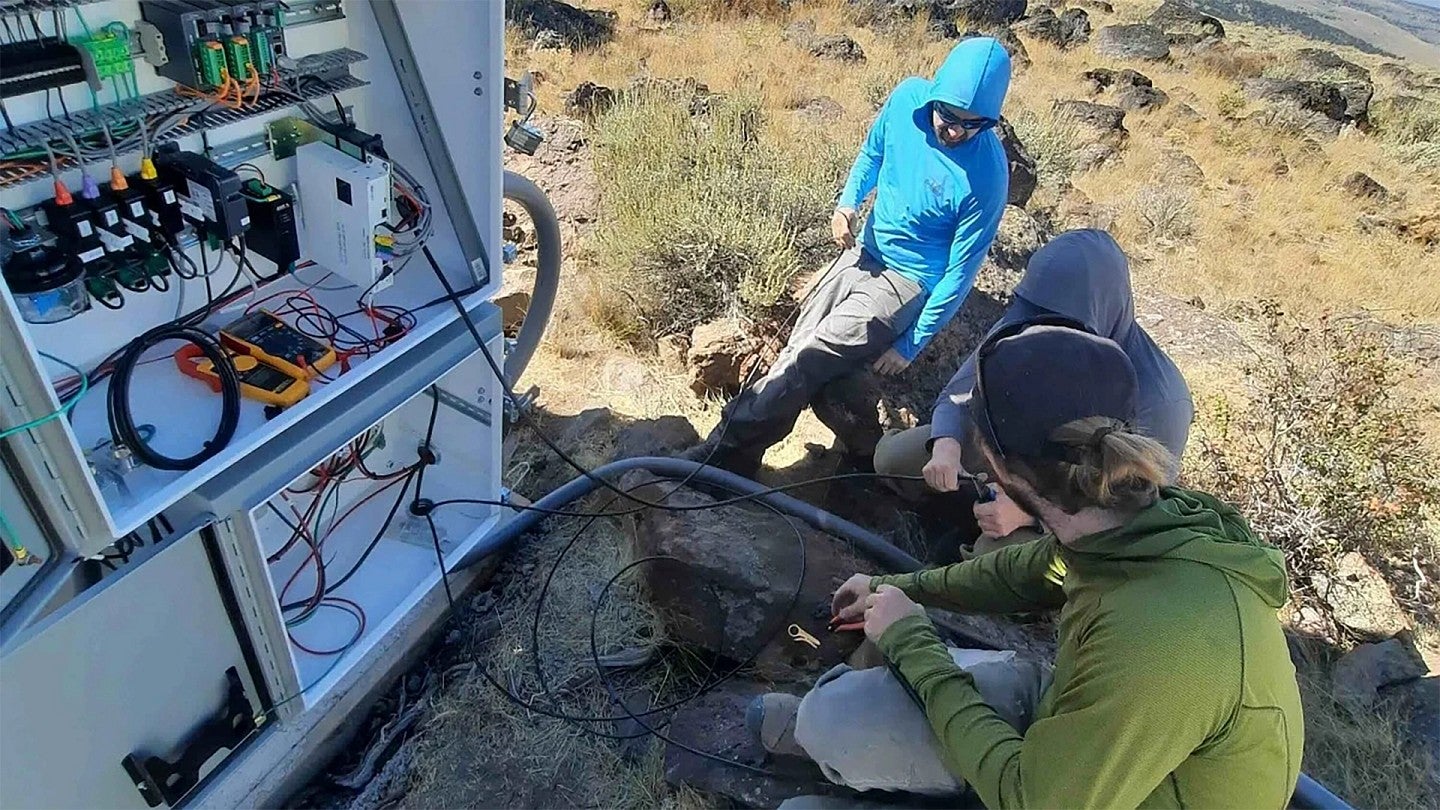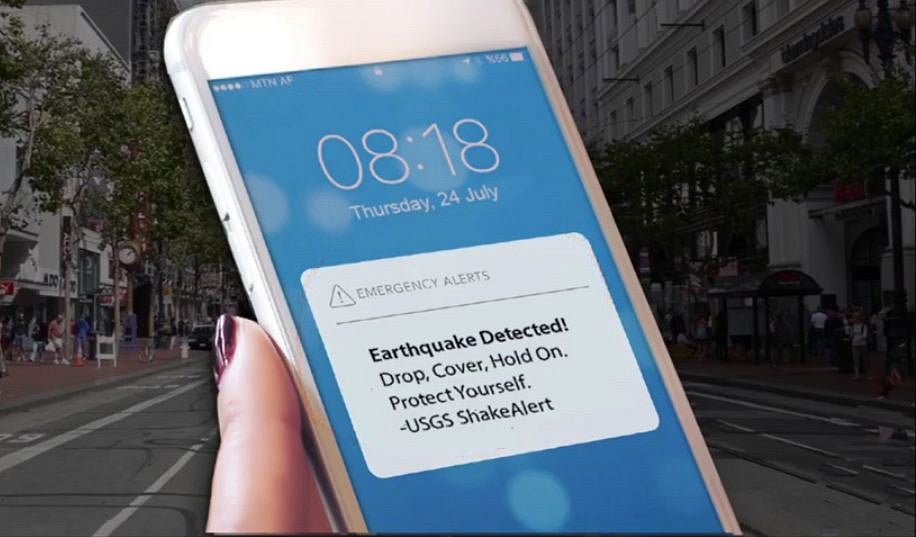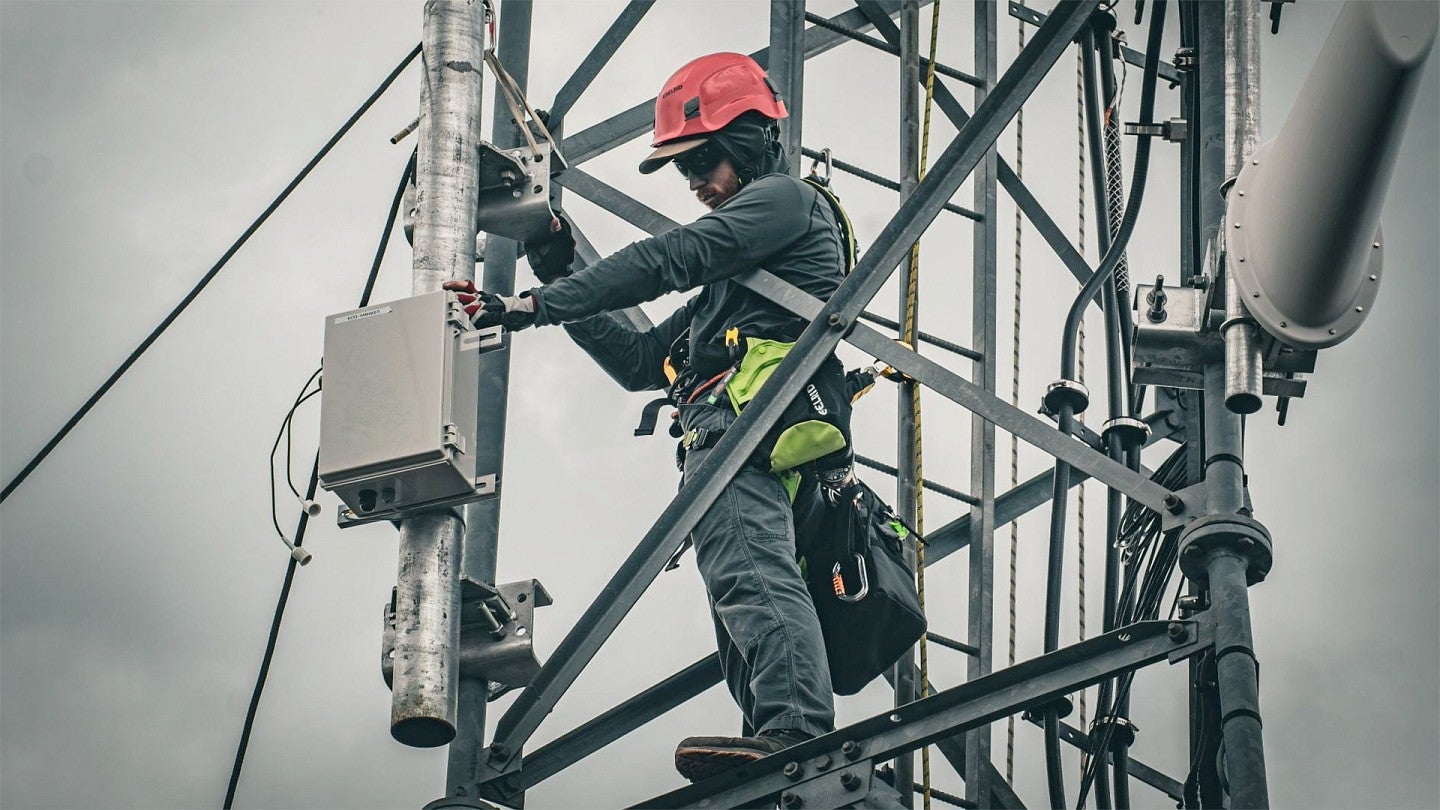
UO's earthquake scientists help prep for the next ‘Big One’
It's been 325 years since the last huge Cascadia shock, and researchers are getting ready for another with an array of new tools
On Jan. 26, 1700, a massive earthquake erupted along the Cascadia Subduction Zone off the West Coast of the United States. The quake sent a tsunami across the Pacific Ocean to Japan and drowned forests along the Oregon coast.
It’s now 325 years later, and earthquake scientists say we’re overdue for another similarly large quake to hit the Pacific Northwest. It’s a matter of when, not if. And this time around, an earthquake would strike a now highly populated region, setting off cascading impacts: Flooding the coastline, triggering landslides, collapsing bridges many miles inland, and damaging infrastructure across the Northwest for months to years afterwards.
At the University of Oregon, researchers are working from many angles to make sure people across the Cascadia region are as prepared as possible.
They’re helping to build and improve an earthquake early warning system called ShakeAlert, which sends cell phone notifications urging people to protect themselves before dangerous shaking arrives. They’re digging into the geological record to reconstruct what this past quake might have looked like, to improve modeling for the future. And they’re working to build resilience and earthquake preparation across the Pacific Northwest, so that when “the Big One” does hit, we’re as ready as we can be.
325 years ago, this happened
Fast forward to 2025. The UO has research teams working on multiple fronts to boost resiliency and reduce damages from the next huge quake. Read on to find out more about that work.
Hazard-proofing hazard monitoring
Earthquake early warning systems like ShakeAlert depend on a network of sensors placed around the region. Computer scientist Ram Durairajan is collaborating with the UO’s Oregon Hazards Lab, led by earth sciences professor Doug Toomey, to make sure the sensors keep working during emergency situations, when they’re needed the most.


ShakeAlert gets an upgrade
ShakeAlert, an earthquake warning system for Oregon, California and Washington, got an upgrade this summer with the inclusion of new GPS technology. Thanks to updates to how the platform analyzes seismic activity and sends out warnings to people’s cellphones, it’s now more accurate than ever. Diego Melgar, director of CRESCENT, talks to OPB about why the upgrade matters.
Connecting research, policy and community
Launched in 2023, the Cascadia Region Earthquake Science Center, funded by the National Science Foundation, fills a critical need by arming public agencies and officials with the most up-to-date earthquake science to translate research into action and help build a more resilient society. Earth scientist Valerie Sahakian, a co-lead on CRESCENT, recently spoke with the Washington Post about the center’s value.

Keeping the lines open
In any natural disaster, communications are critical, and the UO is working to keep vital data and alerts flowing. The Sage Continuum program, of which the UO is a member, is a continent-spanning network of smart sensors that use AI to connect researchers and the natural world, while the UO’s Willamette Watershed Project is developing a disaster-resilient alert network for the McKenzie River, Santiam River and Sisters corridors.

